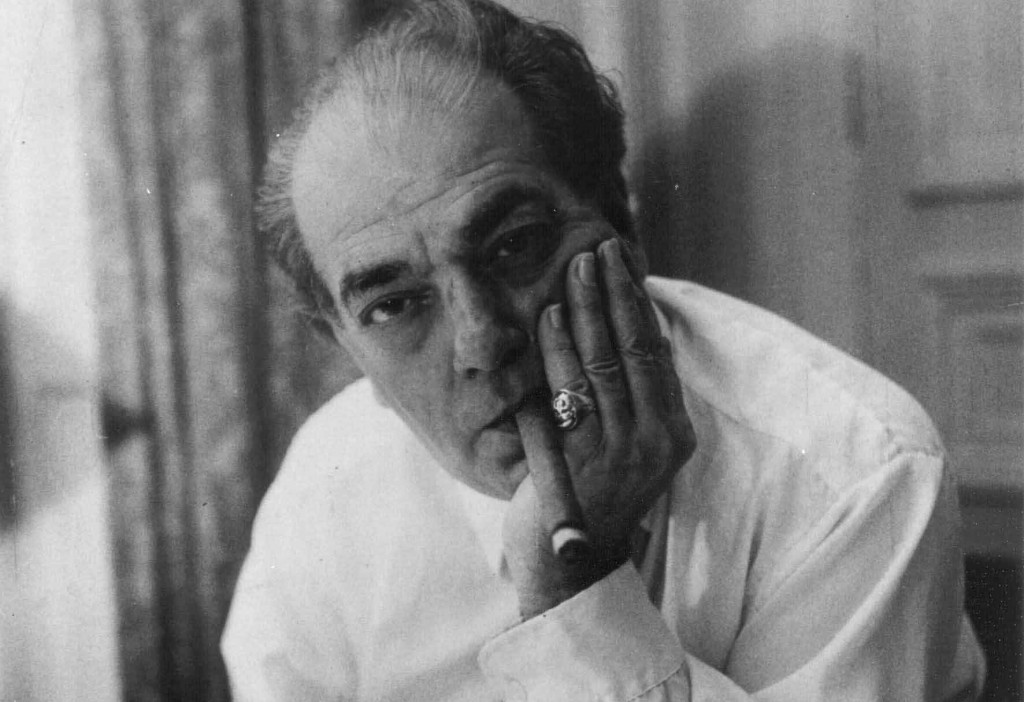
By Robert Croan
The grand-scaled Divertimento in E-flat Major (K. 563) is Mozart’s only composition for string trio, one of the first ever composed for that combination, and to this day considered the greatest work in that form.
A probing, technically accomplished performance of this 45-minute opus, a very serious work despite its seemingly lighthearted title, took up the second half of Chameleon Musicians’ concert Sunday at the Josephine S. Leiser Opera Center in Fort Lauderdale. The afternoon program was a workout for the musicians — series director and cellist Iris Van Eck, joined by violinist Misha Vitenson and violist Michael Klotz — as it was preceded by the even more exhausting and intense string trio of Villa-Lobos.
In both works, the players came through with flying colors, scaling the hurdles while differentiating cogently the contrasting musical styles.
Mozart composed this divertimento in 1788-89, in part as a thank-you to a friend who had loaned him money when he was having financial troubles. The string trio developed out of the baroque trio sonata, which featured two treble instruments accompanied by basso continuo (cello, with harpsichord filling in the inner chords). With the elimination of basso continuo in the second half of the 18th century, the trio sonata gave way to the now standard string quartet, consisting of two violins, viola and cello.
String trios were then, and remain now, something of an anomaly, never having gained the popularity of the string quartet with composers nor modern-day audiences. What makes the present Mozart work a divertimento is the expansion of the usual allegro-slow movement-minuet-rondo sequence, to include a second minuet and a second slow movement. 18th-century dance rhythms prevail, but they’re anything but frivolous in this context.
In this case, that second slow movement (movement four of the six), labeled Andante, is the heart of the work: a sublime set of four inspired variations that transform a basically simple theme into successive permutations of infinite imagination and originality. The Chameleon Musicians played this movement especially well, not just in accuracy of intonation and ensemble, but also in sensitivity to the character and emotion conveyed in each segment. Each of the minuets that surround the Andante was given its own persona as well — the first more traditional and stately, the second enhanced by two folksy “Ländler” episodes.
A sign of the times, as musicians now routinely use their tablets in lieu of the printed music, was a glitch during the first Minuet — deftly handled by Van Eck — when the online page turn briefly malfunctioned.
Of particular interest, in part for the work’s rarity but more for its high intrinsic musical quality, was the Villa-Lobos trio. There has been one commercial CD recording (by the Munich-based Gasteig Trio in 1994), but almost nothing written about the piece itself, other than a quote from a New York Times review of a 1996 live performance: “Villa-Lobos apparently tabled his interest in Brazilian folk style when he composed his String Trio in 1945, a lush score cast fully in the language of mainstream neo-Romanticism.”
That description is good as far as it goes, but it barely hints at the trio’s rich, quasi-orchestral sonorities, its inventive harmonic palette, its rhythmic diversity and its prodigious total effect. Commissioned by the Elizabeth Sprague Coolidge Foundation for performance at the Library of Congress, this half-hour-long Trio is a major opus, which in fact does amalgamate some aspects of Brazilian folk style — the rhythmic underpinning, for example — although in more elusive ways than in Villa-Lobos’ better-known compositions.
The Chameleon Musicians delivered the first and last allegro movements with driving power and incisive accent. The andante that followed was rich-hued and dynamically varied. The scherzo was appropriately playful, but no less energetic and filled with vitality. The performers’ personal sense of accomplishment at the end was palpable and gratifying.
The concert had opened with a rarity of a different sort. In the days before recordings and electronic media, if you wanted music you had to make it for yourself, for whatever combination of players was available at any given time. In 1783, the archbishop of Salzburg ordered Michael Haydn (younger brother of the iconic Franz Joseph) to compose some sonatas for violin and viola.
The first of these, in C major, served as a warm-up piece for Vitenson and Klotz. Because the music is so open and exposed, flaws in precision and intonation were more obvious than they might have been within a larger setting. Despite some rough moments, however, the violinist came up with appealing little cadenzas, and in the fast outer movements, the duo sounded larger and fuller than it really was.